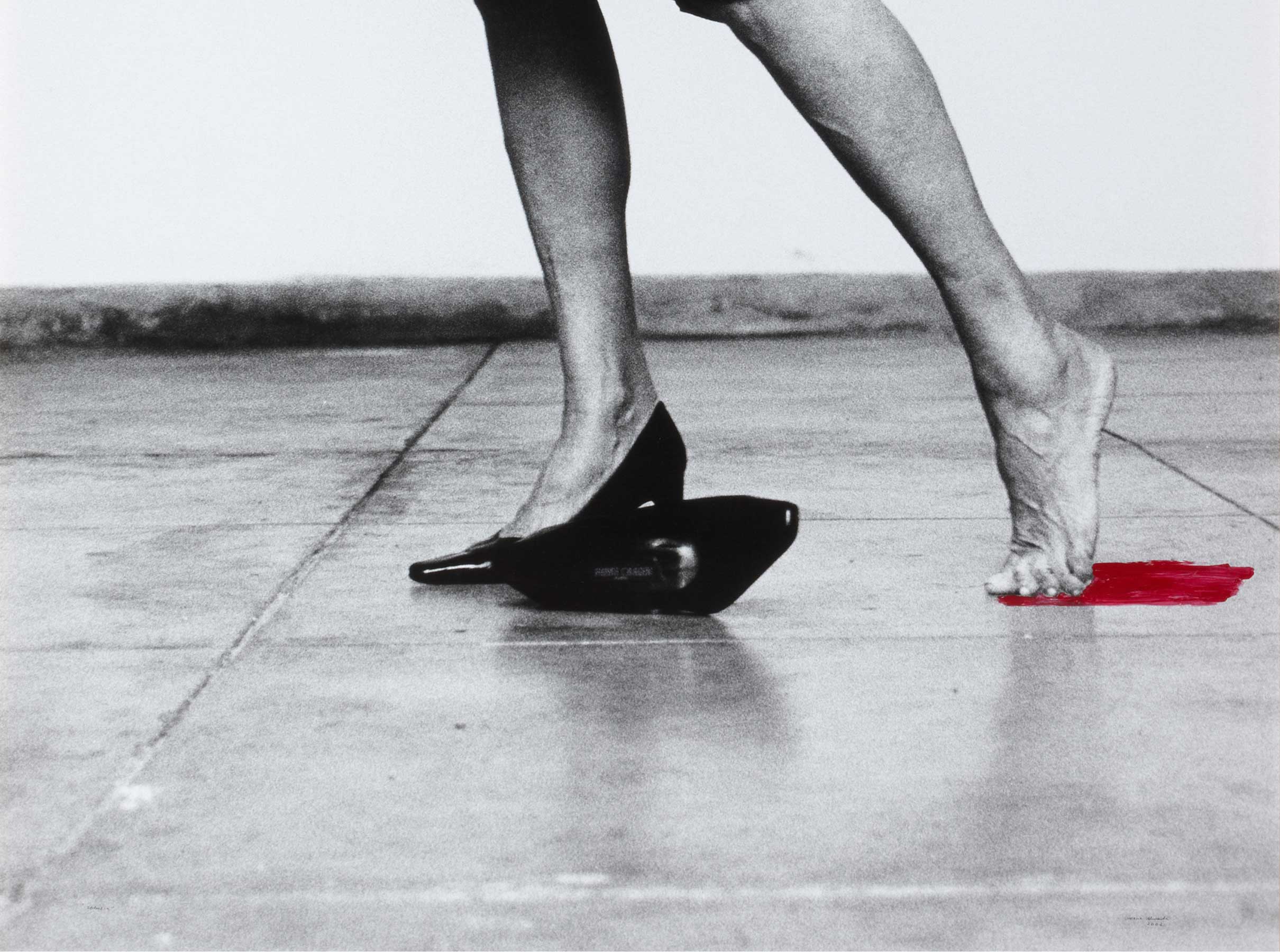Banco Internacional de Tiempo Laboral. 1 hora [International Bank of Work Time: Box (First Series)]
- 2020
- Graphics / Portfolio of 24 digital prints on Guarro Torreón paper 90 gsm
- Edition I/X
- Cat. G_2820
- Acquired in 2021
- Observations: Ed. 10 + 1AP
By:
Ángel Calvo Ulloa
In the late 1970s, during a period of political transition and with an eye on international developments, new ways of understanding art and engaging with artistic practice began to emerge in Spain through the rise of new languages. It was within this climate, in the vibrant artistic scene of Bilbao, that Juan Luis Moraza, together with María Luisa Fernández, founded the Comité de Vigilancia Artística (CVA) in 1979, a collective active until 1985. Their interests aligned with minimalism and symbolism, often resulting in cryptic works that even then questioned the protocols of art and its conditions for presentation and reception. This helps us understand the rich array of references and sensitivities that existed at the time, even as these artists were institutionally categorized under the moniker Nueva Escultura Vasca (New Basque Sculpture), a label whose superficiality has been continually challenged by the artists themselves.For over four decades, Juan Luis Moraza’s career has extended beyond artistic creation to encompass teaching, curating, and writing, all rooted in a deep theoretical and practical foundation. His work draws together touchstones ranging from poetry and philosophy to the artistic and theoretical practices of movements such as conceptual and minimalist art. This led to an interest in semiotics, structuralism, anthropology, post-structuralism, and psychoanalysis – fields that sparked a profound engagement with text in connection to his work, and a concern with language that is more plastic than linguistic. He uses writing as a complementary medium, treating words as material that can be cut, pasted, or deformed.The International Bank of Work Time series serves as a sequel to a body of works and reflections that Juan Luis Moraza has developed in recent years guided by the concept of “absolute work.” According to him, this concept applies “indiscriminately to any aspect of our existence: we work on our emotions, we work on our bodies, our relationships, our forms of rest, we work on our image and our future.” International Bank of Work Time (2020) is presented as an edition of graphical work exploring the relationship between time and money by issuing paper currency based on actual banknotes in different countries, from which their monetary values have been removed and replaced with time values. Its use would thus establish benchmarks for conducting transactions within timeframes committed to the experience of work, with values ranging from an almost infinitesimal moment (0:001 seconds) to the entire span of a human life (5,000,000 hours). Printed in their original languages and employing many of the stylistic patterns that define them, the banknotes feature historical figures associated with economics, politics, or culture, depicted through their portraits and their signatures as treasurers or administrators of this entity. In contrast to the aphorism “time is money,” which launched the culture of capitalism and represents the exchange of time for money, this paper currency presents the phrase “my money is your time” as a motto that leads the transaction back to its origin.Moreover, his interest in incorporating new models of value and presenting them in these formats is something Moraza had already explored in an earlier work, L.E.C.O.I.N. (Letras de Cancelación de Obligaciones Internacionales, 2003) – printed on banknote paper and produced during a residency in Argentina – drawing on the financial situation the country experienced after the government imposed the 2001 “corralito” or bank freeze. This fascination with returning every basic unit of measurement to its previous state can also be traced back to works such as the one presented in 1991 in the boardroom of the Círculo de Bellas Artes (Madrid), as part of the project El sueño imperativo (The Imperative Dream), which alluded to the original meter standard, engraved on platinum and iridium, deposited in 1796 in the Archives de Paris and currently held at the Conservatoire National des Arts et Métiers; or his iconic work Arules (2013), in which a set of twisted rulers lose the universal nature of the standard they represent, becoming unique and unrepeatable, thereby undermining their normalizing purpose.Despite its reproducible nature, International Bank of Work Time takes shape in various formats, with the first series including a double edition (1+1AP) of the complete set of 48 acid etchings on copper and a printing of each in separate editions of 3. Additionally, there is a portfolio (10+1AP) of 24 digital prints of the full set of banknotes – one of which is held in the collection of the Banco de España – and the separate printing of each in an edition of 20. To date, the series has only been exhibited fully intact in the exhibition Tripalium, which the Espacio Mínimo gallery (Madrid) devoted to Moraza in 2023. In 2021, publisher Dan Benveniste produced an edition of three photogravures that have been added to The International Bank of Work Time corpus under the title Emisión de Instantes (Issuing Moments).
«The tirany of Chronos», Banco de España
(Madrid, 2024-2025).
Vv.Aa.
La tiranía de Cronos, Madrid, Banco de España, 2024, p. 178-181.
Other works by Juan Luis Moraza

![Banco Internacional de Tiempo Laboral. 1 hora [International Bank of Work Time: Box (First Series)]](/f/webca/INF/assets/img/fff.png)